If you’re looking to get a whiter smile, want to upgrade your oral care products, or simply feel that keeping up with the best oral care innovations is part of your daily ritual toothpaste is likely daily oral care routine. With so many options, knowing which whitening paste to pick can be daunting, especially if you’re new to the world of whitening. This article aims to make that choice a little easier as we unravel the mystery of whitening toothpastes, lay bare the elements that make them effective, and help you choose the one that best suits your oral care routine.
Table of Contents:
– The science behind whitening toothpaste
– Ingredients to look for in whitening toothpaste
– Addressing sensitivity: choosing the right product
– The role of consistency and patience
– Practical tips for maximizing effectiveness
The science behind whitening toothpaste
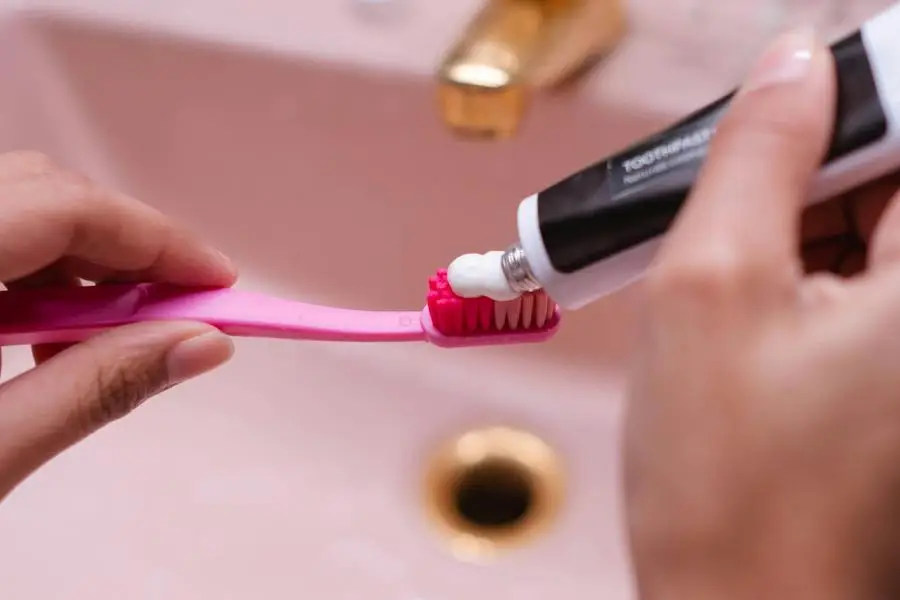
Whitastes use active ingredients to remove surface stains on your teeth and, in some cases, to penetrate deeper into your tooth enamel to whiten your teeth more deeply. Most whitening toothpastes work by gently abrading the surface of your teeth to remove surface stains and then including a chemical agent that breaks down or dissolves stains. The reason it is important to understand the dual action is because this helps you better manage your expectations of your results when you brush with whitening toothpaste regularly.
Where professional dental treatments can change the natural colour of the teeth – either by removing layers of enamel, which remove any stains, or by applying a covering to the teeth – whitening toothpaste works to remove extrinsic stains that are caused mainly by foods and drinks (and, of course, smoking). The principal mechanisms and efficacy of these products vary depending on the kind and composition of the stains in question, as well as the formulation of the paste itself. What is clear, however, is that despite the fact that whitening toothpastes can drastically improve the appearance of one’s smile, they are not a one-size-fits-all treatment.
But now there are many more variants of toothpaste – from the standard, to those that claim to make your teeth stronger, to those that claim to protect against sensitivity and even those that claim to repair your enamel. This is the effect of innovation in dental care technology, which makes it even more important to look for products that can whiten your teeth as well as keep them healthy.
Ingredients to look for in whitening toothpaste
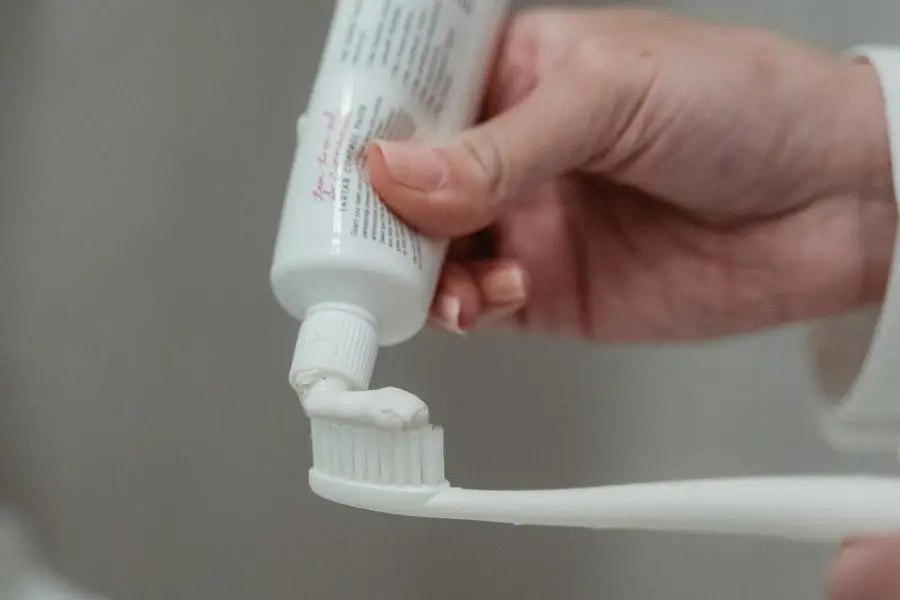
If you read labels when choosing whitening toothpaste, you will find that these ingredients (hydrogen peroxide and carbamide peroxide) are the key. Carbamide peroxide is the slow-release form of hydrogen peroxide, which is also used in professional in-office whitening. These toothpaste ingredients are a great option for dental whitening. The trick is that you need to choose the ones with the right concentration. High concentrations can be too much for some people, and they cause sensitivity.
Another is hydrated silica, which is a mildly abrasive ingredient that aids in surface stain removal. Natural products such as baking soda can be added.
And there are oral health-care ingredients, such as fluoride to harden the teeth and protect them against decay. Toothpaste that both whitens and contains fluoride gives you the best of both worlds: your smile can be whiter and your teeth can be healthier.
Addressing sensitivity: choosing the right product
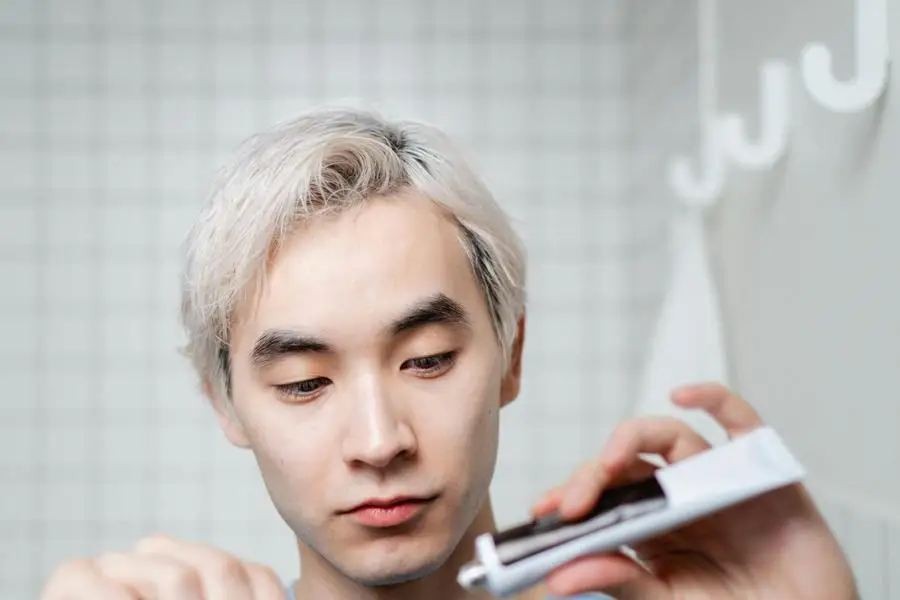
Sensitivity of teeth remains a concern for a lot of people when using whitening toothpaste. The sensitivity that occurs might either be due to the abrasiveness of the whitening toothpaste, or the presence of certain chemical agents. Thankfully, there are formulations present, that are free of any abrasive ingredient (such as Sodium Bicarbonate), and also do not contain any chemical agents.
For patients with sensitive teeth, using toothpaste with strontium chloride or potassium nitrate, which is marketed for sensitive teeth, can help to prevent pain. Potassium nitrate and strontium chloride block the pathways through which pain travels to the nerves sitting inside the tooth.
Similarly, it’s best to use whitening toothpaste sparingly, perhaps alternating with a non-whitening, fluoride-rich toothpaste if sensitivity continues. See your dentist for recommendations that take into account your individual needs and oral health status.
The role of consistency and patience
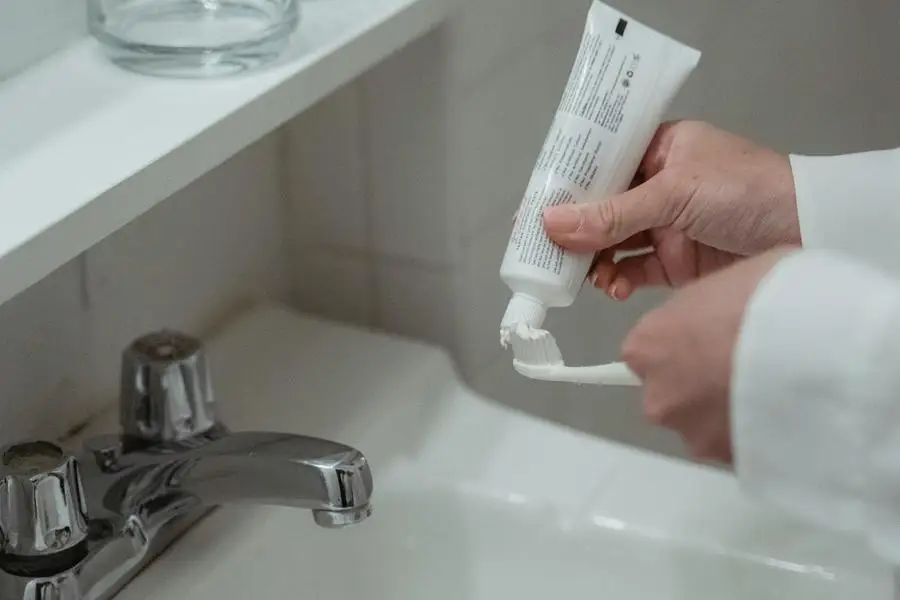
In order to see noticeable results for whitening toothpaste, consumers need to be consistent and have patience. While professional treatments can change the appearance of the teeth almost immediately, whitening toothpaste slowly improves the appearance of the teeth over time. For the active ingredients to have an effect, consumers need to follow the packaging instructions and use the product on a regular basis.
Results will also vary depending on the initial condition of the teeth and the type of staining being treated, and it can take up to several weeks to notice results. Due to the fact that whitening toothpastes and mouthwashes don’t contain large amounts of bleaching agents, maintaining an overall oral hygiene regime including brushing, cleaning between teeth and regular dental check-ups will ensure the product can work to its best ability, and help maintain good dental health.
Practical tips for maximizing effectiveness
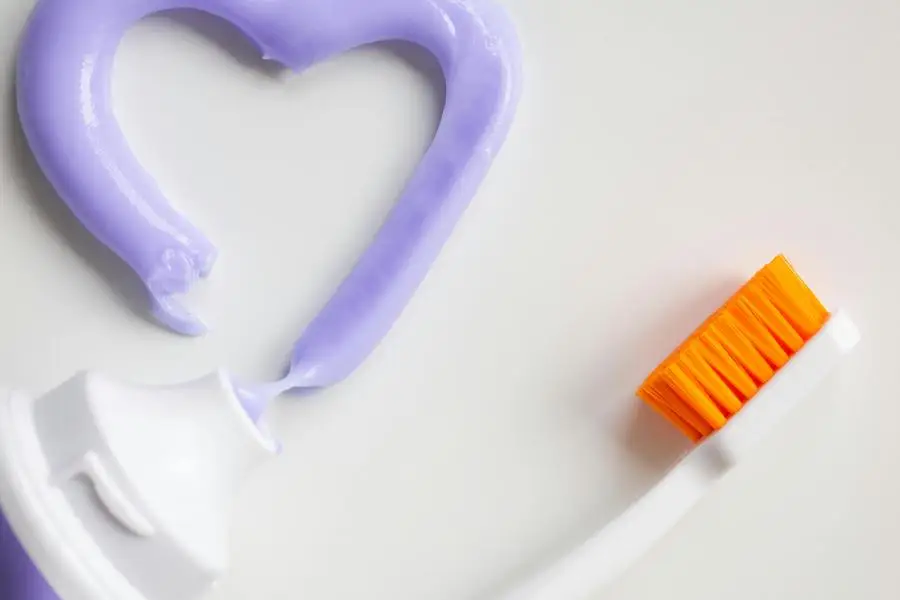
Some useful tips for getting greater benefits from whitening toothpastes include brushing for a minimum of two minutes, twice a day, because it makes sure that the active ingredients in the whitening toothpaste have enough time to act on the surface of the teeth. Also, use a soft-bristled brush as hard brushing can cause toothbrush abrasion (wear on the enamel of the tooth) and too much toothpaste can cause the active ingredients to pass down the sink before they can act on the teeth.
Secondly, whitening results can be maintained by avoiding staining foods and drinks, like coffee, tea and red wine. Similarly, using a straw when drinking hot drinks and liquids with high staining content can help to reduce direct contact with the teeth, reducing the risk of stains.
Furthermore, regular dental check-ups are essential to remove tartar and any problems that might have an impact on the color of the teeth. Professional cleanings add to the whitening toothpaste in helping you obtain a healthier, brighter smile.
Conclusion
And as long as one uses it strategically, based on a knowledge of the limits of the products and the results they’re likely to provide, then whitening toothpaste can be a quick and simple way to brighten your smile. Based on the tips we’ve covered, choose your whitening toothpaste wisely, making sure that it has the right ingredients and caters to your sensitivity if you have it, and then work with it by showing patience and consistency. When you couple this with some handy tips and tricks for oral hygiene in general, you will definitely see results that lead to a brighter, healthier smile.



